Gluten-free diet plan for beginners: Meal ideas & tips
If you struggle to digest gluten, our gluten-free diet plan for beginners will help you to decide what to eat and what to avoid
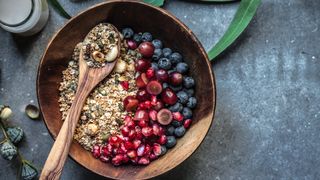
Is a gluten-free diet plan the right choice for you? It’s a question you may well have found yourself asking given the sheer number of articles about the possible benefits of going gluten-free. Although we do not recommend going gluten-free unless you have a medical reason to do so, this gluten-free diet plan for beginners will give you some ideas for hearty gluten-free meals for every time of day.
Breakfast can typically be a wheat-heavy meal and you may find yourself despairing over how to replace your usual slice of toast with something substantial and gluten-free. We've listed a few breakfast ideas below that will give you the slow-release energy you need in the form of complex carbohydrates and protein.
Celiac disease occurs in around 1% of the population, according to a study in the Lancet journal, which may not seem like much but this translates to millions of people who need information and access to good gluten-free food and meal ideas. So if you're going gluten-free for the first time, read on for our comprehensive guide.
Gluten-free diet: Foods to eat
Lots of foods are naturally gluten-free and can make a great starchy base for your meals. Potatoes, rice and legumes make a great alternative to wheat-based products, and you may be able to find some gluten-free alternatives to things like pasta that use these as their main ingredient (for instance, gluten-free lentil pasta). Below we list some of our favorite gluten-free meals, most of which rely on naturally gluten free foods, as opposed to the gluten-free alternative that you might buy in the supermarket. Our guide to eight grains that are gluten free gives a comprehensive guide to grains you can still eat while gluten-free.
We spoke to Naomi Leppitt, celiac disease specialist dietitian at Dietitian Fit, who told us that celiacs can trust the cross-grain symbol. “Though individuals with coeliac disease must avoid gluten, it is safe to eat many foods including meat, poultry, fish, eggs, lentils & pulses, potatoes, corn, fruits and vegetables,” she says. “Grains that are gluten-free include rice, buckwheat, quinoa, millet, amaranth, arrowroot and teff. Foods labelled with ‘gluten-free’ or showing the crossed grain symbol are also safe to eat, as are any pre-prepared foods that don’t contain gluten such as soups or ready meals.
“Some foods are originally made from wheat, but their final products do not contain gluten, such as glucose syrup or maltodextrin, and so these are safe to consume. If a food label warns that a food ‘may contain’ traces of gluten, it may be best to speak with the manufacturer.”
- Related: Gluten-free diet for weight loss: Fact or fiction?
- Related: What is fiber?

Gluten-free diet: Foods to avoid
You need to avoid foods made from wheat, barley, spelt and rye, which are all grains containing gluten. If you have celiac disease you will also need to be careful of cross contamination. Some foods, like oats, can be contaminated with gluten as they are often processed in factories that handle both oats and wheat. In this case, you might want to purchase gluten-free oats to be on the safe side. As well as this, a lot of processed foods contain gluten, as it is a cheap ingredient and used for bulking, so you are better off eating freshly prepared meals to ensure they are gluten-free.
Leppitt also advises taking particular care with cross contamination. “To avoid cross-contamination of gluten in the food, it is recommended to use toaster bags in the toaster and to use separate spreads and jams at home,” she says.
She also flags oats as potential problem food. “Oats are often produced in the same place that use wheat, barley or rye in their other products so there may be cross contamination risk. It is best to purchase gluten free oats, however some people with coeliac disease are also sensitive to gluten free oats because they contain a protein called avenin which has a similar structure to gluten.”
7-day gluten-free diet menu
Monday
- Breakfast: Oatmeal made with your choice of milk, topped with fresh blueberries and chia seeds
- Lunch: Jacket potato with tuna sweetcorn and broccoli
- Dinner: Zucchini Lasagna
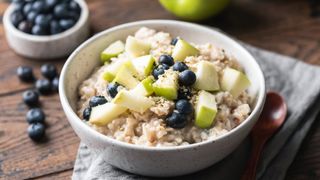
Tuesday
- Breakfast: Buckwheat pancakes with golden syrup and strawberries
- Lunch: Mushroom hash with poached eggs
- Dinner: Crispy tofu and veggies stir fried with rice noodles
Wednesday
- Breakfast: Green smoothie and a slice of buttered gluten-free toast
- Lunch: Smoked salmon with scrambled eggs and rocket
- Dinner: Chickpea and coconut curry with rice
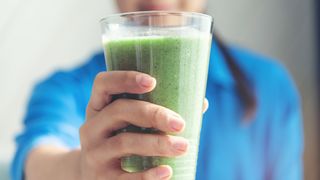
Thursday
- Breakfast: Baked eggs with spinach and tomato
- Lunch: Red lentil pasta with pesto and, pine nuts and parmesan
- Dinner: Meatball and bean stew with a rich tomato sauce
Friday
- Breakfast: Hash browns with mushrooms, tomatoes and a fried egg
- Lunch: Stuffed sweet potato with black bean sauce and smoked cheese
- Dinner: Lamb tagine
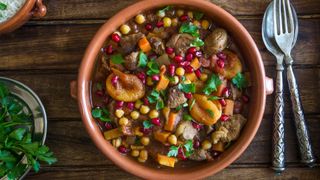
Saturday
- Breakfast: Bacon, eggs and gluten-free sausages with a slice of buttered gluten-free toast
- Lunch: Teriyaki tofu with broccoli and rice
- Dinner: Shepherd's pie with a cheesy potato topping
Sunday
- Breakfast: Smoked haddock kedgeree with peas
- Lunch: Spicy spanish tortilla
- Dinner: Roast beef with roast potatoes, homemade onion gravy (thickened with cornflour) and honey glazed carrots
- Related: What are high protein foods?
Gluten-free diet: Tips for beginners
Dr Marion Sloan, a GP from the UK and Chair of the Primary Care Society for Gastroenterology, recommends getting medically tested for coeliac disease, gluten intolerance or wheat allergy. “It is always better to test first before adopting a GF diet,” she says. She also notes that relying on gluten-free alternatives to foods like pasta or bread may end up being expensive and unsustainable for some. “It is potentially more expensive to a point where folk say I can't adhere to that diet as it costs too much,” she says.
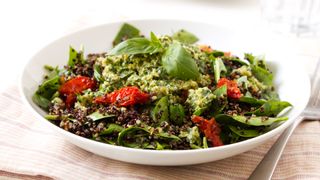
Leppitt adds that while a celiac diagnosis can be challenging, there is light at the end of the tunnel. “It can be hard to come to terms with a celiac disease diagnosis, as it is a lifelong condition with no known cure, and the only treatment is strict adherence to a gluten-free diet,” she says. “With growing awareness of the condition and dietary trends, gluten-free foods on the market are always expanding, so individuals with coeliac disease have more choice on ready-to-eat products than they would have some decades ago.
“I would also recommend speaking with a dietitian for specialist advice and booking annual blood tests with your GP to rule out related conditions and review nutrient levels, as a way to confirm gut lining repair from following the gluten-free diet well. It is also important to remember that mistakes happen, and making the occasional mistake will not cause significant or lasting gut lining damage, but symptoms may be experienced soon after exposure which could last up to several days.”
This article is for informational purposes only and is not meant to offer medical advice.
Sign up for the Live Science daily newsletter now
Get the world’s most fascinating discoveries delivered straight to your inbox.
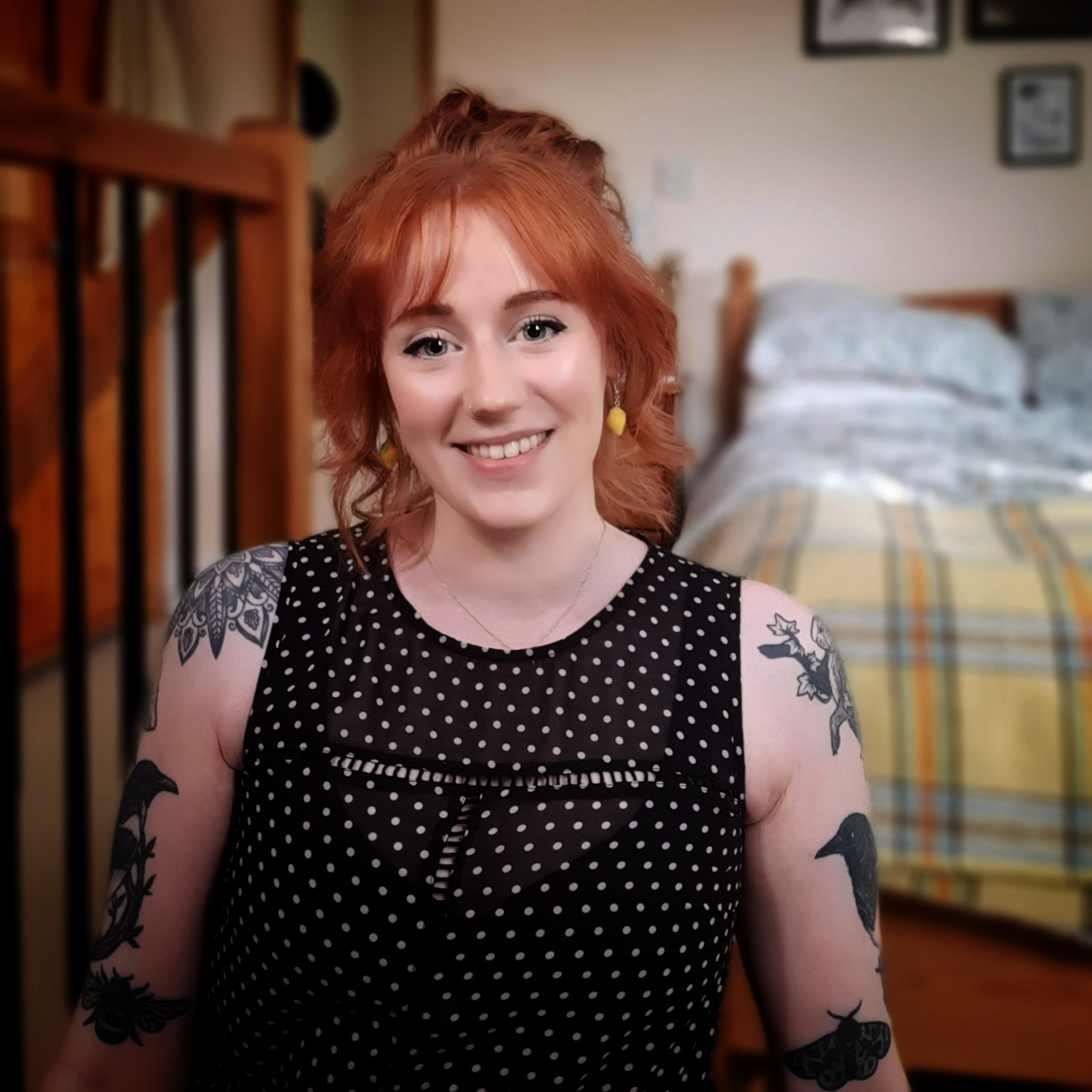
Lou Mudge is a health writer based in Bath, United Kingdom for Future PLC. She holds an undergraduate degree in creative writing from Bath Spa University, and her work has appeared in Live Science, Tom's Guide, Fit & Well, Coach, T3, and Tech Radar, among others. She regularly writes about health and fitness-related topics such as air quality, gut health, diet and nutrition and the impacts these things have on our lives.
She has worked for the University of Bath on a chemistry research project and produced a short book in collaboration with the department of education at Bath Spa University.
